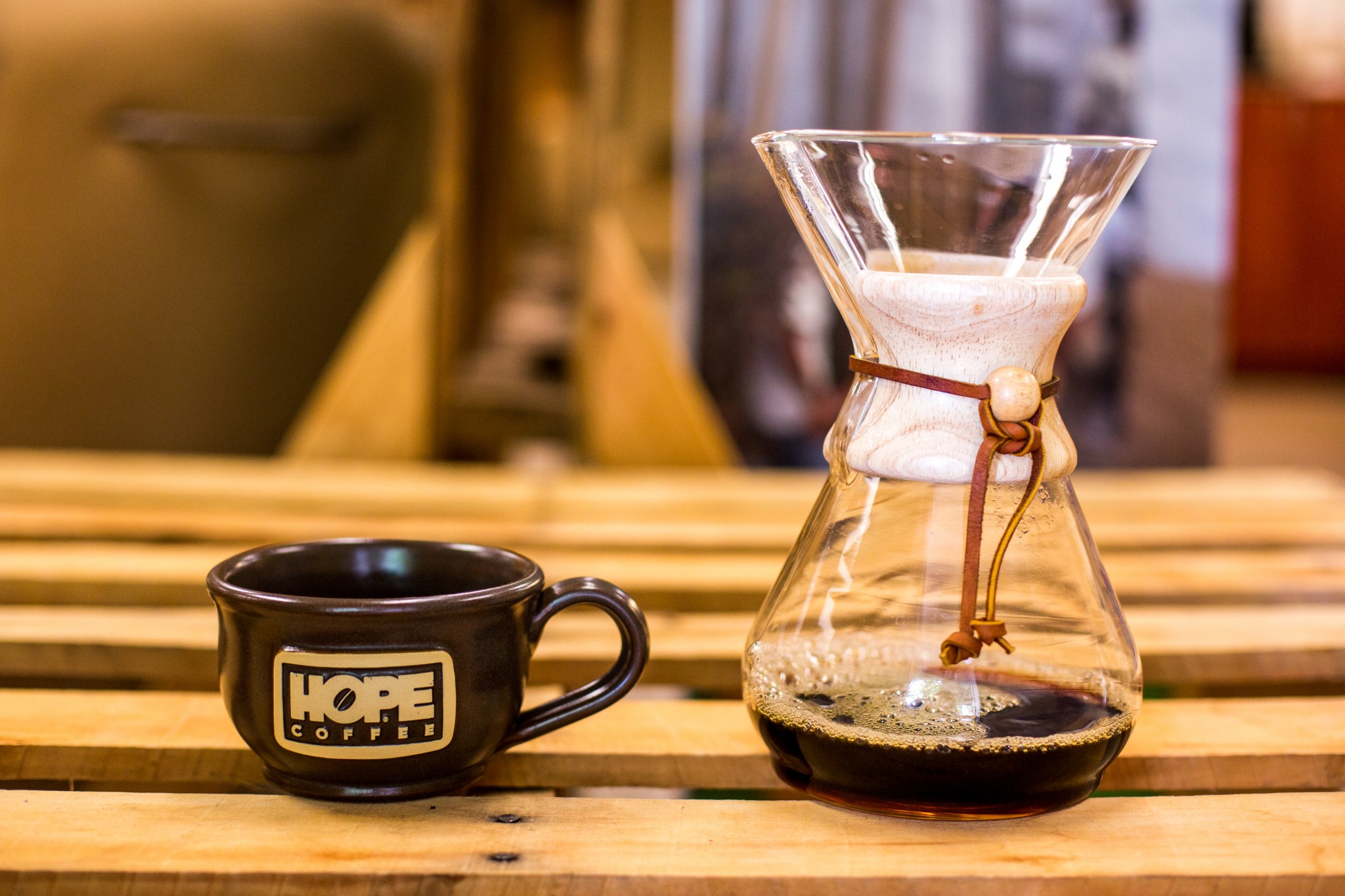The Science Behind Coffee Brewing: Exactly How Temperature and Time Affect Your Drink
Comprehending the science behind coffee brewing discloses that temperature and time are not mere variables yet crucial components that determine the beverage's taste profile and total top quality. As we discover the nuances of these components, the concern arises: just how can one properly equilibrium temperature and time to attain that best brew?
The Chemistry of Coffee Removal
The chemistry of coffee removal delves right into the detailed processes that change raw coffee beans into the aromatic beverage appreciated worldwide. This makeover mostly entails the solubility of numerous compounds existing in the beans, which are influenced by aspects such as work size, water high quality, and the developing approach used.
Throughout the developing procedure, warm water functions as a solvent, extracting soluble substances, including high levels of caffeine, sugars, lipids, and acids, from the coffee grounds. Each substance adds to the flavor account, fragrance, and body of the last beverage. Acids are accountable for brilliant and zesty notes, while oils add to an abundant mouthfeel.
The preliminary stages of brewing extract acids and sugars, leading to a pleasant acidity, while extended extraction can lead to bitterness due to over-extraction of undesirable substances. Recognizing these chemical communications is crucial for maximizing developing strategies, as the balance between extraction time and water temperature level can dramatically affect the general high quality of the coffee.
Perfect Developing Temperatures
Locating the ideal brewing temperature is important for unlocking the full possibility of coffee tastes and scents - coffee brewing methods. Research shows that the optimum array for developing coffee lies in between 195 ° F to 205 ° F(90 ° C to 96 ° C) Within this variety, the extraction process effectively liquifies the desirable soluble compounds in coffee beans, causing a savory and well balanced cup
Developing at lower temperature levels, such as below 195 ° F(90 ° C ), may cause under-extraction, producing a weak and acidic mixture with soft tastes. Alternatively, brewing at temperature levels surpassing 205 ° F(96 ° C) can lead to over-extraction, creating a rough and bitter taste as a result of the extreme dissolution of unwanted compounds, such as tannins.
In addition, the excellent brewing temperature level can vary relying on the coffee bean type and roast degree. For example, lighter roasts usually take advantage of a little higher temperatures to boost their complicated taste profiles, while darker roasts may be much better suited to lower temperatures to mitigate bitterness.
Inevitably, maintaining accuracy in developing temperature levels is essential for accomplishing a harmonious balance of tastes, ensuring that every cup of coffee provides a gratifying sensory experience.
Influence of Developing Time
Developing time plays a crucial duty in figuring out the flavor profile and total quality of coffee. Much shorter developing times can result in under-extraction, leading to a sour or weak taste, as not adequate soluble compounds are dissolved.
Optimal developing time varies depending upon the method made use of and the grind dimension of the coffee. As an example, a French press commonly calls for regarding 4 minutes, while coffee extraction is generally finished within 25 to 30 seconds. It is important to calibrate developing time in conjunction with various other variables, such as water temperature and coffee-to-water proportion, to accomplish the preferred flavor account.
Understanding the influence of brewing time makes it possible for coffee fanatics to fine-tune their developing methods, inevitably improving the sensory experience of their mug (coffee brewing methods). With cautious interest to this variable, one can open the full possibility of the coffee, revealing its one-of-a-kind qualities and subtleties
Developing Methods and Their Effects

For example, techniques like French press and chilly mixture permit for a much longer steeping time, resulting in a fuller body and durable taste as a result of increased extraction of oils and soluble solids. On the other hand, coffee developing uses high stress and a much shorter removal time, generating a focused shot that stresses extreme flavors and a rich crema.
Pour-over techniques, such as Chemex or V60, provide a more controlled extraction process, permitting the brewer to control circulation price and water distribution, which can improve brightness and clearness. On the other hand, percolation methods cycle water through the coffee grounds multiple times, leading to a stronger, typically bitter taste.
Finally, making use of paper filters versus metal filters can also impact the last preference; paper filters usually yield a cleaner mug by capturing oils and fine particles, while metal filters permit even more oils to go through, contributing to a fuller mouthfeel - coffee brewing methods. Understanding these nuances can boost the coffee experience dramatically
Tips for Developing Your Mixture
A well-executed mixture can transform even the most basic coffee into a remarkable experience. Grind the beans simply before brewing to make the most of freshness, ensuring the work size matches your developing technique-- coarser for French press and finer for coffee.
Water top quality plays an important role; usage filtered water devoid of pollutants. The optimal developing temperature ranges in between 195 ° F and 205 ° F(90 ° C to 96 ° C ) Too warm a fantastic read can burn the coffee, while too great may under-extract flavors.
Timing is just as essential. For immersion approaches, steeping for three to 5 minutes is ideal, whereas drip approaches usually take about five minutes. Trying out brew times to find your favored toughness.

Final Thought
In recap, the intricate relationship between temperature and time is vital in the coffee brewing procedure. Sticking to optimum developing temperatures between 195 ° F and 205 ° F, alongside precise timing tailored per technique, makes certain the wanted taste account is achieved. Recognizing these clinical principles equips people to fine-tune their brewing techniques, inevitably leading to a much more like this delightful and well balanced coffee experience. Mastery of these elements is essential for any kind of coffee fanatic looking for excellence in their beverage.
Understanding the scientific research behind coffee brewing reveals that temperature level and time are not mere variables but pivotal components that dictate the beverage's taste profile and overall quality. Understanding these chemical communications is critical for enhancing brewing strategies, as the balance in between removal time and water temperature level can substantially influence the total quality of the coffee.Developing time plays an essential role in establishing the taste profile and general quality of coffee. By concentrating on these elements-- bean top quality, go grind dimension, water temperature, soaking time, and ratio-- you can boost your coffee brewing procedure, resulting in a constantly remarkable mug.
In summary, the detailed relationship between temperature level and time is critical in the coffee developing process.
 Ross Bagley Then & Now!
Ross Bagley Then & Now! Raquel Welch Then & Now!
Raquel Welch Then & Now! Lynda Carter Then & Now!
Lynda Carter Then & Now! Justine Bateman Then & Now!
Justine Bateman Then & Now! Meadow Walker Then & Now!
Meadow Walker Then & Now!